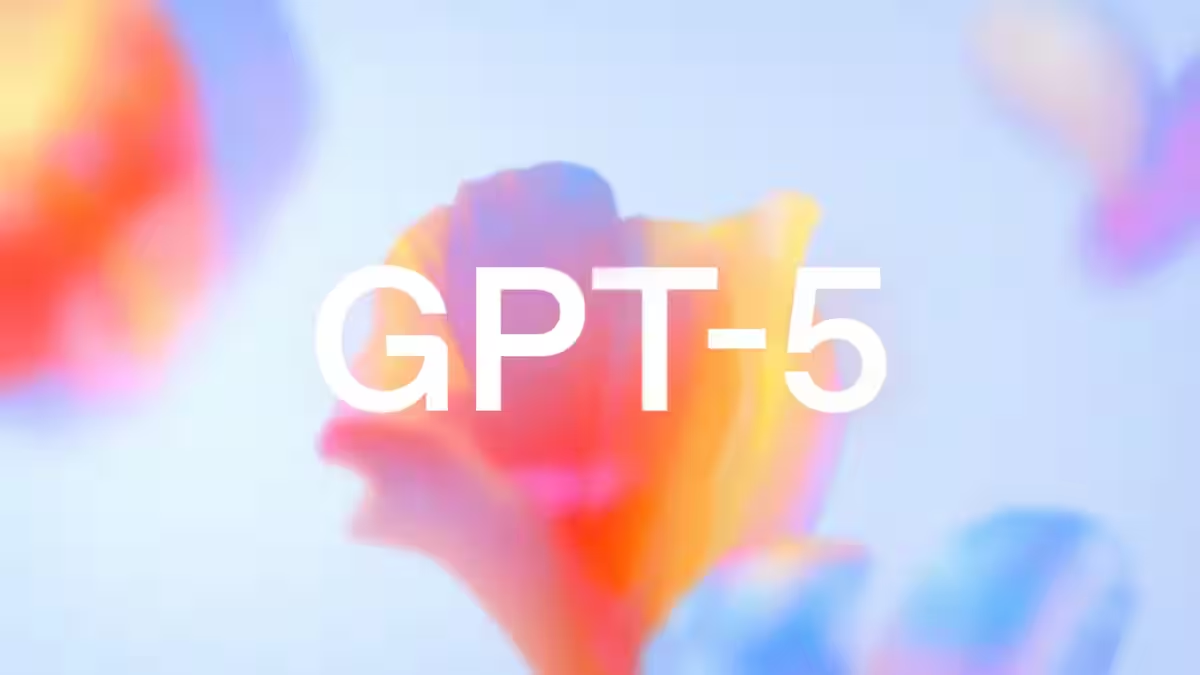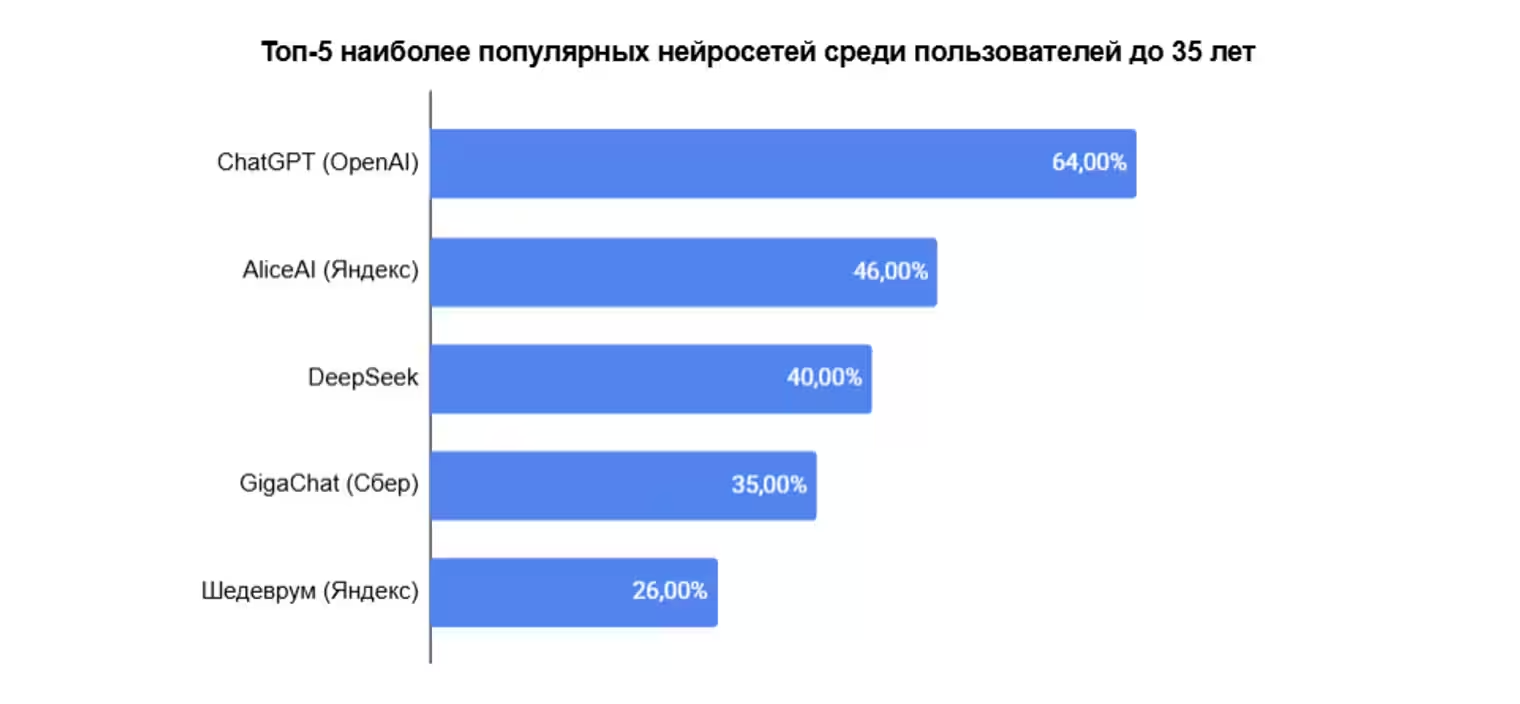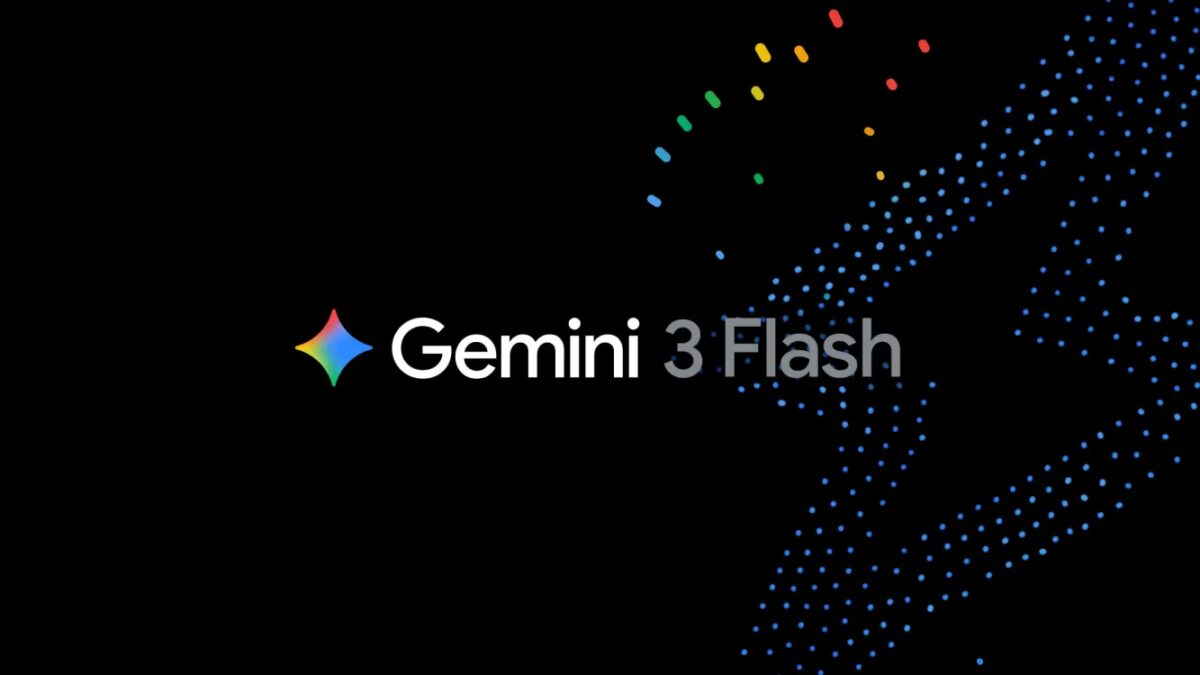OpenAI introduced GPT-5 Codex with 74.5% success rate on real programming problems

OpenAI announced GPT-5-Codex — a specialized version of GPT-5 designed for agent-based coding and industrial development. The new AI model demonstrates record reliability and accuracy: it achieved a 74.5% success rate on the SWE-bench Verified benchmark.
Developers note that GPT-5-Codex not only handles code bug fixing (refactoring performance increased to 51.3% vs. 33.9% for GPT-5), but also confidently handles the frontend: from verifying interfaces from screenshots to improving mobile web design.
Key Features of GPT-5-Codex
GPT-5-Codex inherits the dynamic reasoning time tuning from GPT-5: it runs faster on simple tasks, and can work autonomously for more than seven hours on large refactorings.
- performs code reviews and identifies critical bugs before release;
- uses 93.7% fewer tokens in lightweight interactions;
- takes twice as long to analyze, edit, and test solutions in complex tasks;
- provides logs, tests and links for transparency in development
Accessibility and integrations
GPT-5-Codex is included in ChatGPT Plus, Pro, Business, Edu, and Enterprise plans. It works in the terminal, IDE, web, GitHub, and even the iOS app.
Enterprise customers have a credit pool payment system, and Codex CLI owners will soon have API access to GPT-5-Codex.
OpenAI says the base plans are sufficient «for a couple of focused coding sessions a week» and Pro will be needed for a full workload across multiple projects.
The Evolution of Codex
The release of GPT-5-Codex was a logical continuation of OpenAI’s spring innovations: Codex CLI (April) and Codex web (May). In September, the company combined them into a single platform, linking them to ChatGPT. Now developers have a specialized tool that is more deeply embedded in familiar work environments.
«Codex becomes the programming partner we’ve always dreamed of — fast, reliable, and integrated into your tools».








